Senator Golden’s Bill Sb 1593 is set to have a hearing this Wednesday, 2/28 at 3:00pm. This bill
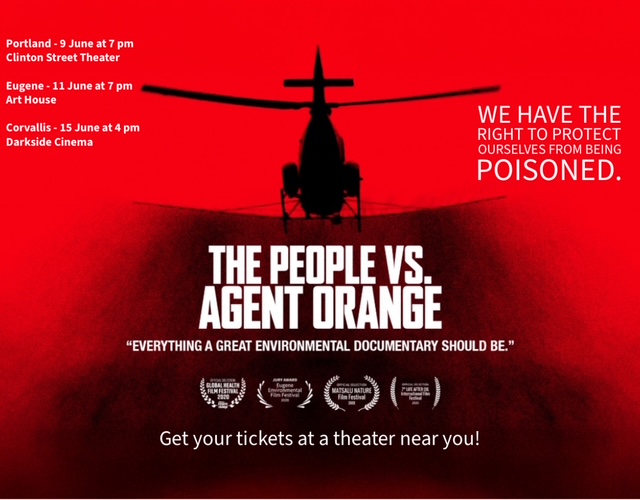
AGENT ORANGE
The Agent Orange catastrophe did not end with the Vietnam War.
Today, the world over, a primary chemical of the toxic defoliant (dioxin) controls weeds in farming, forestry, parks, and playgrounds. It wreaks havoc on the human genome, causing birth deformities and deadly cancers.
Agent Orange was a 50:50 mix of two herbicides: 2,4,5-T, which was found to be highly contaminated with dioxin because of the high temperatures at which it was produced, and 2,4-D, which contains other forms of dioxin as well. Between 1961 and 1971, the U.S. sprayed 12 million gallons of contaminated Agent Orange and 8 million gallons of other herbicides on Vietnam, Laos, and Cambodia – an average of 5,200 gallons a day for 3,735 days. Over 7,813 square miles of upland and mangrove forests and 781 square miles of crops (an area roughly the size of New Hampshire) were destroyed. In total, more than 66,000 square miles of South Vietnam were impacted, along with large areas of Laos and parts of Cambodia.
This investigative documentary interweaves personal with political struggles as it follows two heroic women who are leading a worldwide movement to hold manufacturers of these herbicides accountable. In France, Tran To Nga (Trahn-Toe-Nyah) sues the American chemical industry for poisoning her in Vietnam. In the U.S., Carol Van Strum exposes the continuing use of toxic herbicides, many still containing dioxin. Incriminating documents disappear. Activists are threatened. A helicopter technician secretly films the contamination of reservoirs. The massive industrial cover-up continues. The film won the 2021 Jury Award at the Eugene Environmental Film Festival.
The People vs Agent Orange was directed and produced by Alan Adelson and Kate Taverna. “We hope that the film will make denial impossible and will stir action for reparations,” shared Alan, the Director. “To our surprise, as we were finishing the edit, we repeatedly encountered contemporary news that is integrally related to our film. Agent Orange is as relevant now as it was during the Vietnam war years.”
“Contemporary news” abounds in Oregon as pesticide sprays often have devastating consequences on local wildlife and the surrounding environment. If swaths of land are sprayed with pesticides via backpack sprayers and drones, other edible food sources, like salmon berries and mushrooms, can also become contaminated. In 2024, 381 aerial spray operations were completed in Oregon forest lands, which translates to ~610,000 acres. Even when sprayed in specific areas, pesticides can spread broadly by drift, revolatilization (turning back into a vapor when warmed by the sun), and by getting into nearby streams and waterways, especially after it rains (which it tends to do in Oregon). Pesticides used in forestry management practices were found in 38% of bivalve sampled along the Oregon coast and have been linked to behavioral abnormalities in salmon (e.g., swimming performance, seaward migration, adult returns), compromised immune systems, and endocrine disruption. A 2008 report from the Oregon Department of Agriculture concluded that 3,098,503 pounds of pesticides were applied in the southern Oregon coastal region in one year, and glyphosate followed by 2,4-D were the most commonly applied pesticides. Lobbyists work on behalf of chemical and timber companies and have persuaded legislators to pass laws shielding them from liability for poisoning Oregon residents and limiting any local restrictions on spraying. For example, a key point from the Right to Farm statute states, “Persons who locate on or near an area zoned for farm or forest use must accept the conditions commonly associated with living in that particular setting.”
After the film, people will have opportunities to learn more about the pesticide-related challenges Oregonians continue to face, especially in the fight to keep surface drinking water safe. The film is expected to prompt intense debate amidst conflicting reports of herbicide-caused diseases and deformities. Carol Van Strum, one of the two activists starring in the film, will be on hand to answer questions along with other activists from local organizations like the North Coast Communities for Watershed Protection, Northwest Center for Alternatives to Pesticides, Oregon Sierra Club, and the Coast Range Association.
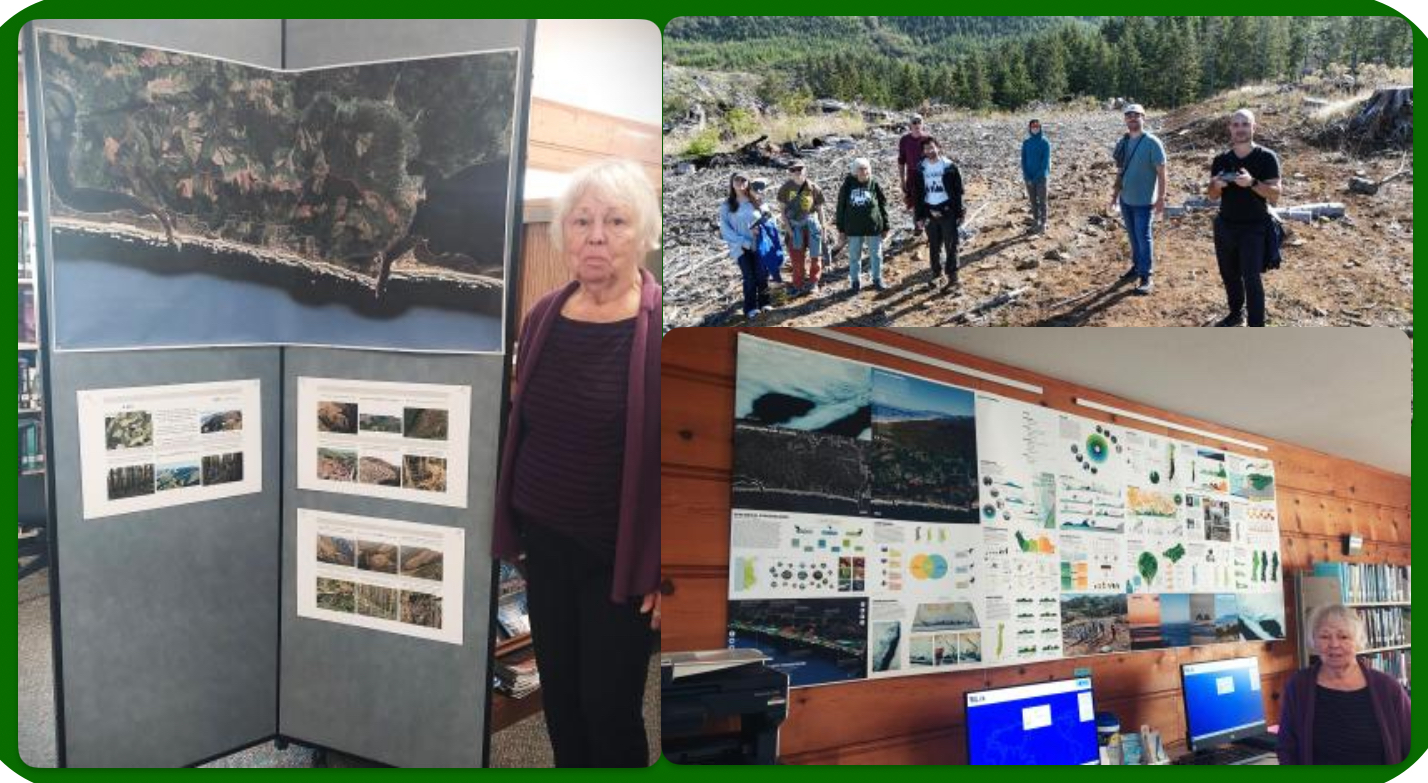
COASTAL FUTURES
Check out the incredible “Coastal Futures” project now on display at the Rockaway Beach Library!
North Coast Communities for Watershed Protection was honored to host and work with Master of Landscape Architecture (MLA) students from the University of Oregon. Their research project, entitled Coastal Futures, focused on climate change adaptation strategies for coastal communities in Oregon. It was led by Ignacio López Busón, a UO Assistant Professor of Climate Change Resilience.
For three months, the students deeply analyzed Rockaway Beach, meeting with local stakeholders to understand community values and challenges. Their research explored paths for long-term resilience and sustainable coastal practices.The project addresses important local challenges such as coastal erosion, sea level rise, deforestation, drinking water quality, and urban development.
The “Coastal Futures” project is more than just research – it’s a demonstration of creative scholarship. This first-year UO MLA project recently received the Creative Scholarship Award from the Council of Educators in Landscape Architecture (CELA), an international organization. This award recognizes outstanding student work that defines a design issue and presents a “creative intervention, technical resolution, or novel method of practice.” Winning this award is a significant honor within the academic community.
Materials showcasing the project findings, including pamphlets, maps, and graphics, are available at the library. It’s a wonderful opportunity to see innovative ideas for the future of our coast!
The Rockaway Beach Public Library is located at 120 N Coral St, and open Tuesday-Friday 10-1 and 1:30-6 and Saturday 10-1 and 1:30-5. Phone: (503) 355-2665
Visit the library and learn about building resilient connections between ecology and community in Rockaway Beach!

SAVE THE DATE
Board of Forestry Meeting on September 4-5
Please save the dates for the upcoming Board of Forestry Meeting on September 4-5! Tell the Board of Forestry you are concerned about clearcutting, pesticide spraying, and drinking water quality and quantity in Northwest Oregon. Urge the Board to take initiative to protect residential and recreational areas that will be harmed by the detrimental impacts of industrial logging practices. Request more public participation in decision making processes, more transparency, and more timely notice for all logging operations. Help protect and amplify the voices of residents impacted by ODF clearcuts like Mothball Hill and Davis Ridge. Urge a cessation of all logging, pesticide spraying, and slash burning within drinking watersheds within Oregon, regardless of land ownership. Your voice and support matters!
This meeting will take place at the Salem Headquarters (Oregon Department of Forestry Headquarters, 2600 State Street, Salem, OR 97310) but will also offer virtual participation via Zoom.
While the agenda, board packet, and registration form for public comment have not yet been released, please keep an eye out for these at this webpage: https://www.oregon.gov/odf/board/Pages/bofmeetings.aspx
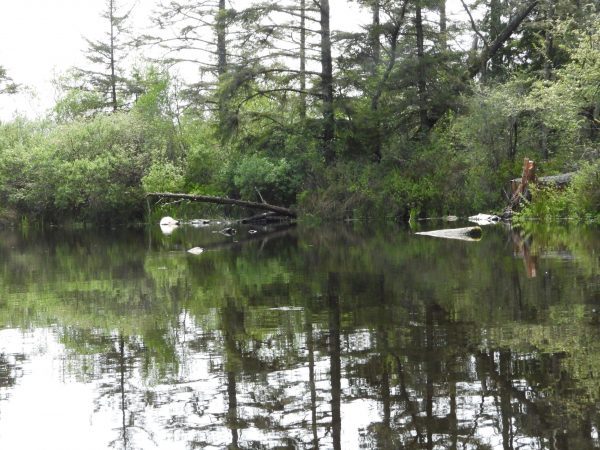
SAVE OUR WETLANDS
Good News: Nedonna Wave Appeal Referred to LUBA
As most of you know, the RB City Council voted unanimously in December to deny the appeal of the approval of the Nedonna Wave Planned Unit Development. The Oregon Shores Conservation Coalition has filed an appeal with the Oregon Land Use Board of Appeals (LUBA). Oregon Shores' legal representatives are from the Crag Law Center.
To learn more about LUBA, go to https://www.oregon.gov/luba/Pages/Frequently-Asked-Questions.aspx.
NCCWP hopes this action will help prevent further development in the area for several important reasons: First, this land is a wetland that deserves protection; second, the development would be built above the aquifer which serves as Rockaway Beach's backup water source, thus posing a risk of contamination; finally, Nedonna Beach has only one vehicular escape route that is already insufficient in case of an emergency such as a major fire or tsunami. Adding more houses would increase this safety concern.
The Crag Law Center is doing this legal work pro bono, and would be grateful for any donations. https://crag.org/donate/ Please see the attachment at the bottom to read the appeal they filed with LUBA.
To be sure, there will be other long-term challenges to our wetlands, drinking water, and community......likely to go beyond just the Nedonna Wave development. We need to continue to organize and speak with a strong voice. Let NCCWP know if you have thoughts about how we can speak as one to protect our wetlands and drinking water.
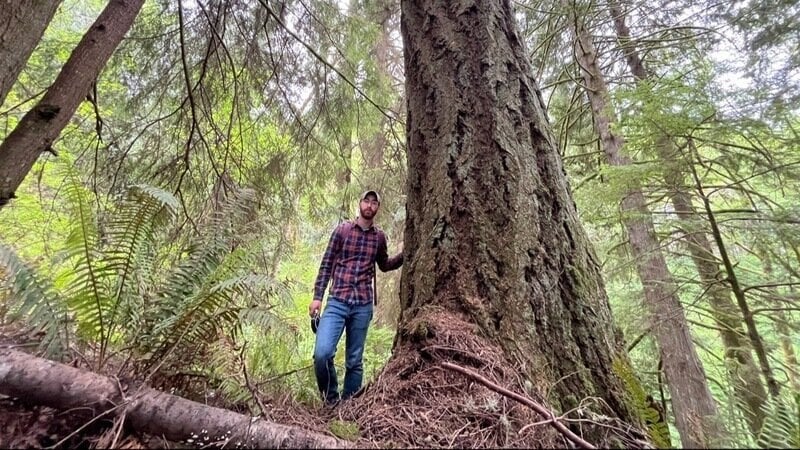
Important Petition Alert
Save Mothball Hill, Davis Ridge, And Slough Hill From Clearcutting
WHEREAS, the proposed clearcuts named ‘Mothball Hill’, ‘Davis Ridge’, and ‘Slough Hill’ (Alt) in Oregon Department of Forestry Astoria District draft Annual Operations Plan for 2025 are immediately abutting numerous residential properties and recreational areas, and fail to address community concerns;
WHEREAS, Oregon Department of Forestry’s planned logging fails to address unprecedented climate change and does not account for the increasing coastal heat waves and water scarcity correlated with deforestation;
WHEREAS, the standard practice of pesticide applications after logging can have serious impacts on the health of neighboring residents, recreationalists, drinking water quality, and wildlife;
WHEREAS, clearcutting and replanting practices are known to increase wildfire intensity and reduce stream flow for up to fifty years post harvest; they are known to increase risk of landslides on steep slopes, as found at ‘Mothball Hill’ and ‘Slough Hill,’ as well as increase flash floods during storm events;
WHEREAS, the proposed logging near John Day River and Gnat Creek increases the likelihood of silt and other contaminants impacting drinking water, as well as wetlands and tributaries that are essential to salmon and other aquatic life; salmon are a native species that are endangered due to numerous industrial practices including clearcutting;
ACCORDINGLY, Petitioners want ‘Mothball Hill’, ‘Davis Ridge’, and ‘Slough Hill’ removed from ODF’s 2025 Astoria District Annual Operations Plan and eliminated from further considerations of timber harvests in the future.
ACCORDINGLY, Petitioners want the ODF to publicize draft Annual Operation Plans in multiple media at least two months in advance of the public comment deadline and to make a special effort to contact and meet with residents living in proximity to any planned logging before initial approval.
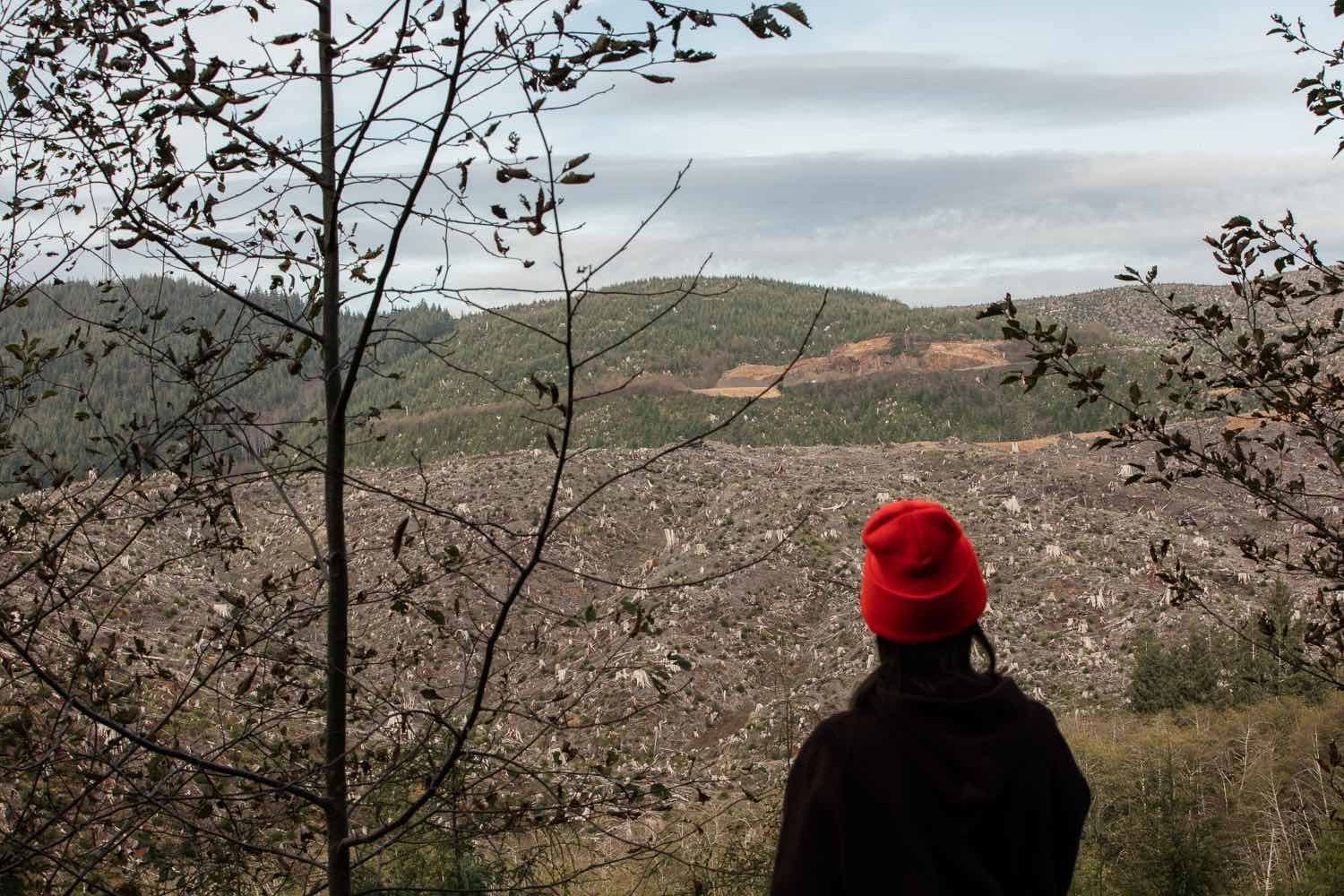
JETTY CREEK 1994-2022
SOURCE OF DRINKING WATER FOR THE TOWN OF ROCKAWAY BEACH, OREGON
Trygve’s photographic timeline of Jetty Creek from 1994 through 2022.
Join Our Email List
Sign-up for our mailing list and we'll keep you up-to-date with all of the news and upcoming events.
“Alder but Wiser” From STOP the SPRAY B.C.
“Alder but Wiser” From STOP the SPRAY B.C. and our Sister Watershed in Peachland, British Columbia, here’s an excellent report
Meg Thompson, NCCWP Member: Letter to Senator Elizabeth Steiner
Dear Senator Elizabeth Steiner; I appreciate your desire to address fire risks to our forests. However, your Senate

Please Sign Our Petition
Our petition, "SAFE WATER AND AIR", is aimed at building momentum around protecting our forests and drinking watersheds.
Learn more here and share it with everyone you know.
Thank you North Coast Community!
Our Mission
North Coast Communities for Watershed Protection (NCCWP) is a grass-roots association of citizens from Rockaway Beach and surrounding communities. The group began in 2012 with the actions of one Rockaway citizen concerned about clear cutting for forestland and aerial spraying in the Jetty Creek Watershed - the sole source of her community's drinking water.
The group now partners with neighboring communities facing air- and water-quality issues and with statewide organizations advocating for forest practices that will ensure clean air and water for all living beings.
Our Goals
- To educate citizens about the connection between forest practices and the quality of their air and water.
- To advocate for forest practices that will ensure clean air and water.
- To support communities working to protect their watershed.
- No more clearcutting and pesticide spraying in our drinking water sources, regardless of land ownership.
Get Involved
There are many ways to help protect our watershed and keep our drinking water safe.
Donate
Your tax deductible donation will help us protect our watershed. Future generations will thank you!
About Us
We are a grassroots organization concerned about our watershed. We are making a difference in our community.
